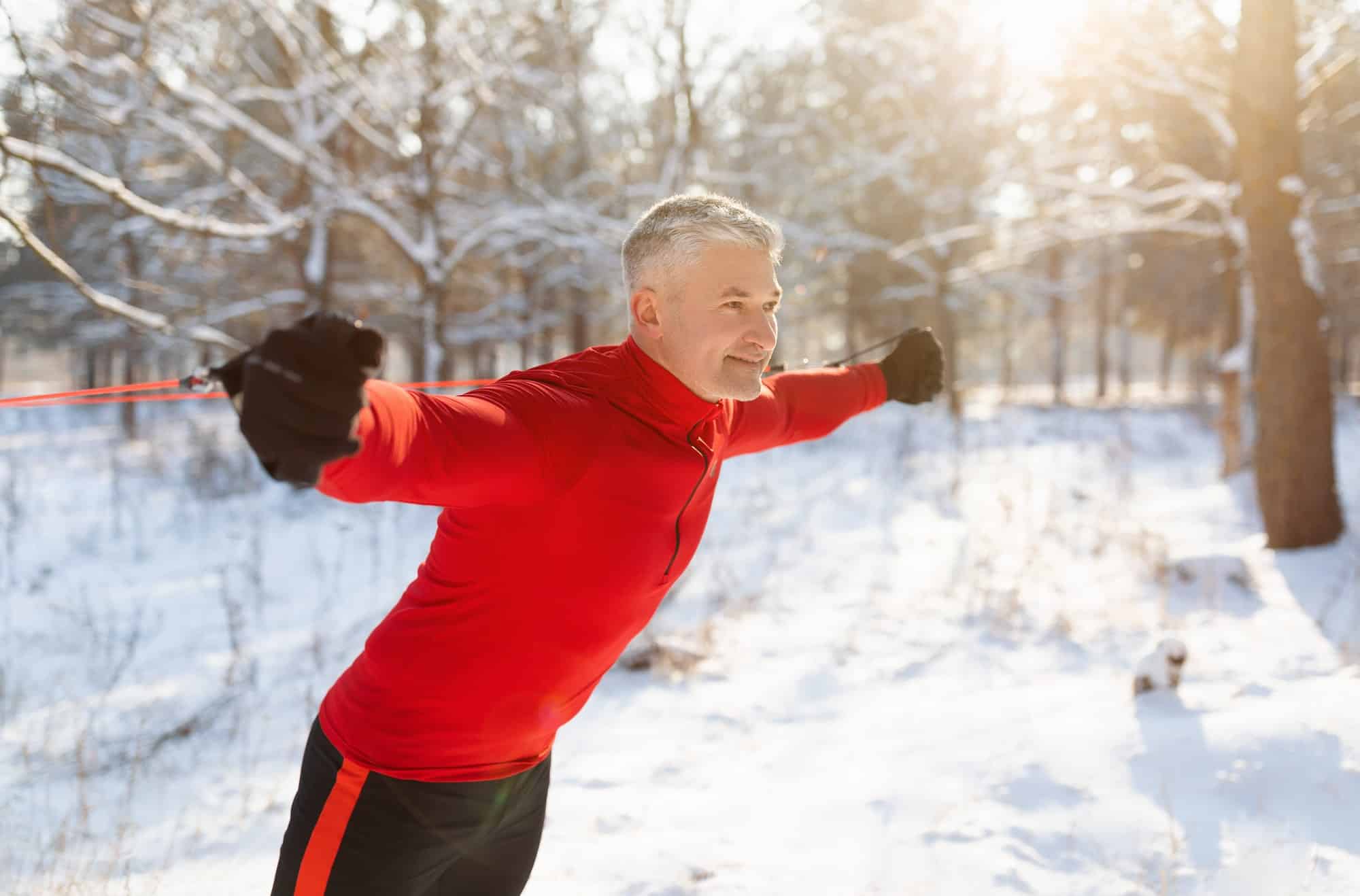Extreme heat can be a formidable adversary for athletes, especially for ultra marathon runners who often face the dual challenges of distance and temperature. Acclimation to these harsh conditions is no longer just an option; in many instances, it has become a prerequisite for these endurance athletes. But, what exactly does acclimation entail? More importantly, what impact does it have on performance in desert ultramarathons? A deep dive into this topic can help us understand the science behind heat acclimatization protocols and their effects on running performance.
Understanding Heat Acclimation
Heat acclimation refers to the process of adapting the body to withstand high temperatures over a period of time. This process plays an essential role in preparing athletes for extreme sports events like desert ultramarathons, where temperatures can soar to punishing levels.
Also to read : What Are the Psychological Training Methods for Overcoming Fear in High-Divers?
Several scholarly articles and studies have been conducted on this topic. For instance, a comprehensive article published on Pubmed details how heat acclimation enhances plasma volume, reduces core temperature and heart rate, and improves sweat rate and distribution – all of which can contribute to better performance under extreme heat conditions.
The acclimation process usually spans several days, during which athletes will undergo a regimented training protocol under simulated heat conditions. This protocol can vary depending on the athlete’s condition, the temperature of the race location, and other factors.
Have you seen this : How to Implement Video Analysis for Technique Correction in Hammer Throw?
The Role of Heat Acclimation in Desert Ultramarathons
In recent years, desert ultramarathons have gained popularity among athletes seeking to push their boundaries. However, these races also present a tremendous challenge in terms of heat stress and physical exertion.
Heat acclimation can be a game-changer in this regard. By exposing their bodies to heat stress during training, athletes can encourage physiological changes that will aid them during the actual race. For instance, a study indexed by Google Scholar found that runners who underwent heat acclimation protocols demonstrated better performance during a desert ultramarathon compared to those who did not.
However, it’s important for runners to consult with sports scientists or trainers to design a suitable heat acclimation protocol. This will ensure that the body is not overstrained during the acclimation period, which could potentially be counterproductive.
Heat Acclimation Protocols and Their Impact on Performance
The impact of heat acclimation protocols on performance in desert ultramarathons can be multifaceted. Firstly, these protocols can improve the body’s ability to dissipate heat, thereby reducing the risk of heat-related illnesses. Secondly, they can enhance an athlete’s running performance by improving thermoregulatory responses and overall physiological comfort.
According to a Pubmed article, athletes who underwent heat acclimation training showed an increase in performance capacity by 8-20% in hot conditions. Their bodies also showed a greater capacity to tolerate heat stress, with reduced heat strain during exercise.
Moreover, heat acclimation can also reduce the sensation of exertion, allowing athletes to maintain a higher intensity of exercise for longer periods. This can be a significant advantage in ultramarathons, where mental resilience is just as important as physical endurance.
The Necessity of Proper Heat Acclimation Training
Heat acclimation is not a one-size-fits-all solution. Each athlete’s body responds to heat stress differently. Therefore, a well-planned and personalized acclimation protocol is essential. This can range from passive heat acclimation (like spending time in a hot environment) to active methods (like exercising in hot conditions).
A good heat acclimation protocol should aim to gradually increase an athlete’s exposure to heat, giving the body enough time to adapt. It should also incorporate a balanced training load to prevent overtraining and potential injuries.
Ultimately, heat acclimation training is a crucial strategy for athletes preparing for desert ultramarathons. With the right approach, it can significantly enhance performance and safety under extreme heat conditions.
The Future of Heat Acclimation Training in Ultramarathons
As desert ultramarathons continue to grow in popularity, the role of heat acclimation training will undoubtedly grow as well. It’s expected that more research will be conducted in this field, providing deeper insights into the best practices for acclimation training.
Sports technology may also play a part in this. Imagine wearable devices that can monitor an athlete’s core temperature in real time, or clothing that can help regulate body heat more effectively. These advancements could potentially revolutionize heat acclimation protocols and take athletic performance to new heights.
In the meantime, athletes and trainers should stay informed about the latest research and techniques in heat acclimation. Proper preparation and training are vital to tackle the challenges of these ultra endurance races and ensure the safety and success of the athletes involved.
Technological Advancements in Heat Acclimation Training
In the era of technology, advancements have significantly impacted the field of sports science. With wearable devices that monitor heart rate and core temperature, to clothing designed to assist in body heat regulation, the approach to heat acclimation has drastically evolved.
According to an article published on Google Scholar, the use of technology in heat acclimation training has been linked to improved outcomes in desert ultramarathons. For example, thermal clothing can assist in maintaining a stable core temperature, reducing the risk of heat illness. Similarly, heart rate monitors can provide real-time data, allowing athletes to prevent overexertion during both the acclimation period and the race itself.
Furthermore, the incorporation of technology allows for a more personalized approach to heat acclimation. As each athlete’s body responds differently to heat stress, wearable devices can provide individualized data. With this information, sports med professionals can design a tailored acclimation protocol, reducing the risk of overtraining and potential injuries.
However, while these advancements can be beneficial, it’s crucial to remember that technology should complement, not replace, traditional methods of heat acclimation. Passive and active heat exposure, combined with a balanced training load, remain fundamental components of any heat acclimation protocol.
Wrapping Up: The Importance of Heat Acclimation in Desert Ultramarathons
The role of heat acclimation in preparing for desert ultramarathons cannot be overstated. Proper acclimation can enhance performance, prevent heat illness, and increase overall physiological comfort during the race. Its impact is multifaceted, improving the body’s ability to tolerate and dissipate heat, reducing sensations of exertion, and even boosting mental resilience.
However, it’s imperative to remember that heat acclimation is not a one-size-fits-all solution. Each athlete’s body will respond differently to heat stress, necessitating a personalized acclimation protocol. Use of advancements in sports technology, like wearable devices which provide real-time data, can assist in this regard.
In the future, as desert ultramarathons continue to gain popularity, more research will likely be conducted on heat acclimation. The insights gained will improve current protocols, making them more efficient and effective. In turn, these advancements will elevate athletic performance and safety under extreme heat conditions to new heights.
The key takeaway from this PubMed article is clear: for desert ultramarathon runners, proper heat acclimation training is not just a recommendation—it’s a necessity. It ensures they are adequately prepared to face the extreme heat and demonstrates the resilience necessary for such ultra endurance events.






